Zimbabwe's walk on the wild side with Yellow Zebra Safaris
See spectacular wildlife on a luxury two-camp trip in magnificent national parks
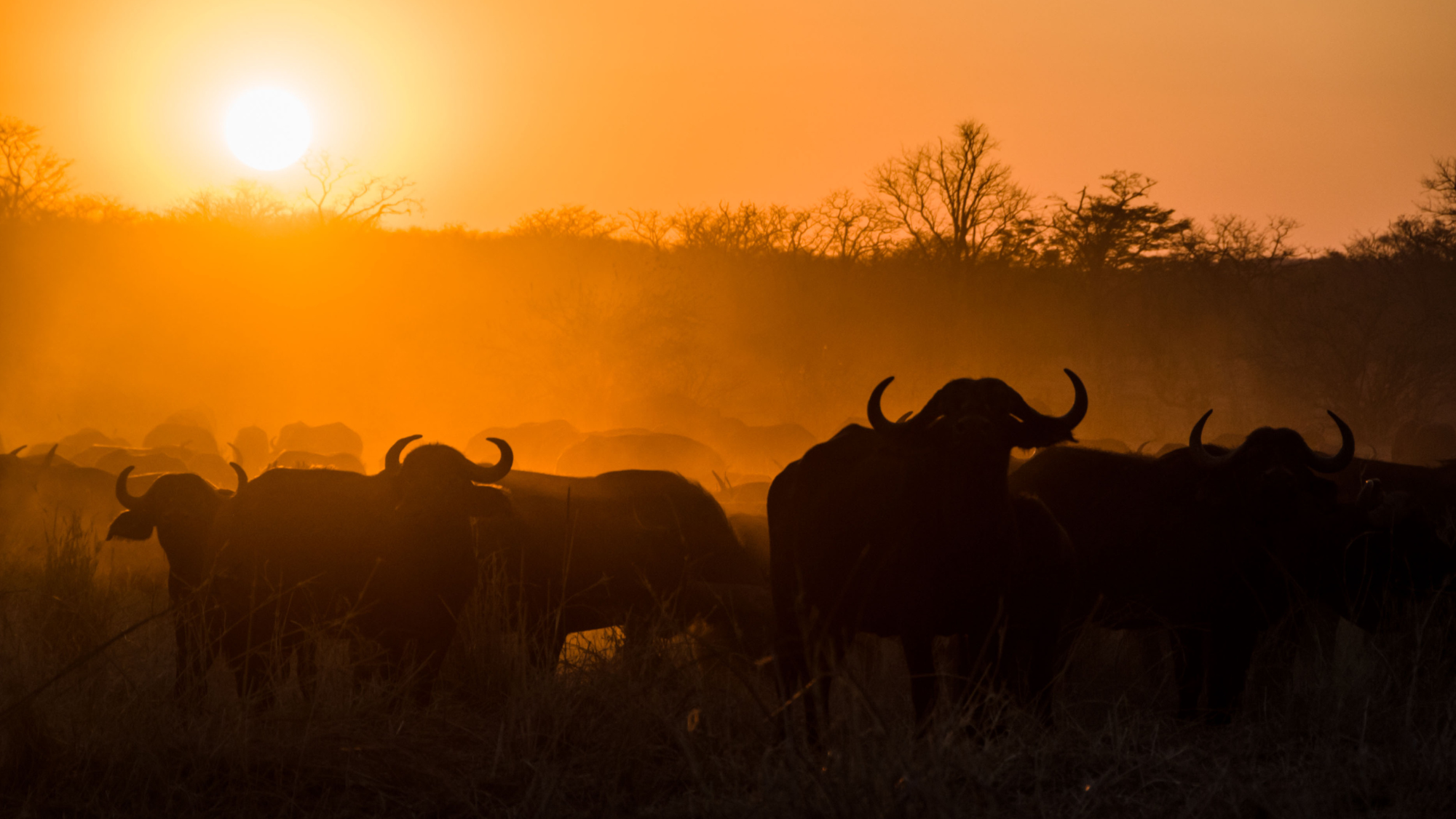
Spending an early morning walking through a Zimbabwean forest is a surreal experience. The sun overhead is pleasantly warming, not yet hazardously scorching; the expansive silence makes it feel as though you're on a solitary stroll. Ahead on the left, a sounder of warthogs observes us for a moment before scampering away; much closer on the right, an enormous bull elephant eyes us far more sternly. We're trespassing on his territory, and it's his steady stare that stops our rifle-toting guide in his tracks.
This uncanny blend of relaxation and adrenaline is key to a good safari. The idea is to immerse yourself utterly in the wilderness, and truly observe nature being nature.
Doing this from the relative safety and comfort of a safari vehicle offers incredible opportunities to view a wide range of species and habitats but it comes with the trade-off of reducing connection with your surroundings. A hike is the only way to feel the bristle at the back of your neck, as each crunch and whistle and flutter you hear alerts a primal part of you the city too often subdues. It should only be undertaken, though, in the company of those who truly know the bush and how to walk through it.
The Week
Escape your echo chamber. Get the facts behind the news, plus analysis from multiple perspectives.

Sign up for The Week's Free Newsletters
From our morning news briefing to a weekly Good News Newsletter, get the best of The Week delivered directly to your inbox.
From our morning news briefing to a weekly Good News Newsletter, get the best of The Week delivered directly to your inbox.
Our six-night trip was organised by Yellow Zebra Safaris and, at their recommendation, our time was split equally between two Wilderness camps: Linkwasha, in the Hwange National Park, and Ruckomechi in Mana Pools.
The journey from London to Linkwasha is a long one that, for us, involved a midnight transfer in Addis Ababa before landing at Victoria Falls International to await a light-aircraft connection into the bush. Something like 26(ish) hours after leaving Heathrow, our exhausted group touched down on a dusty airstrip, where we were greeted by Tongo, our guide for that portion of the trip. "We can have you at camp to freshen up in about 30 minutes," he said, "although, we did spot a pride of lions about 45 minutes in the other direction…" Showers can wait.
Lions and buffalo in Hwange National Park
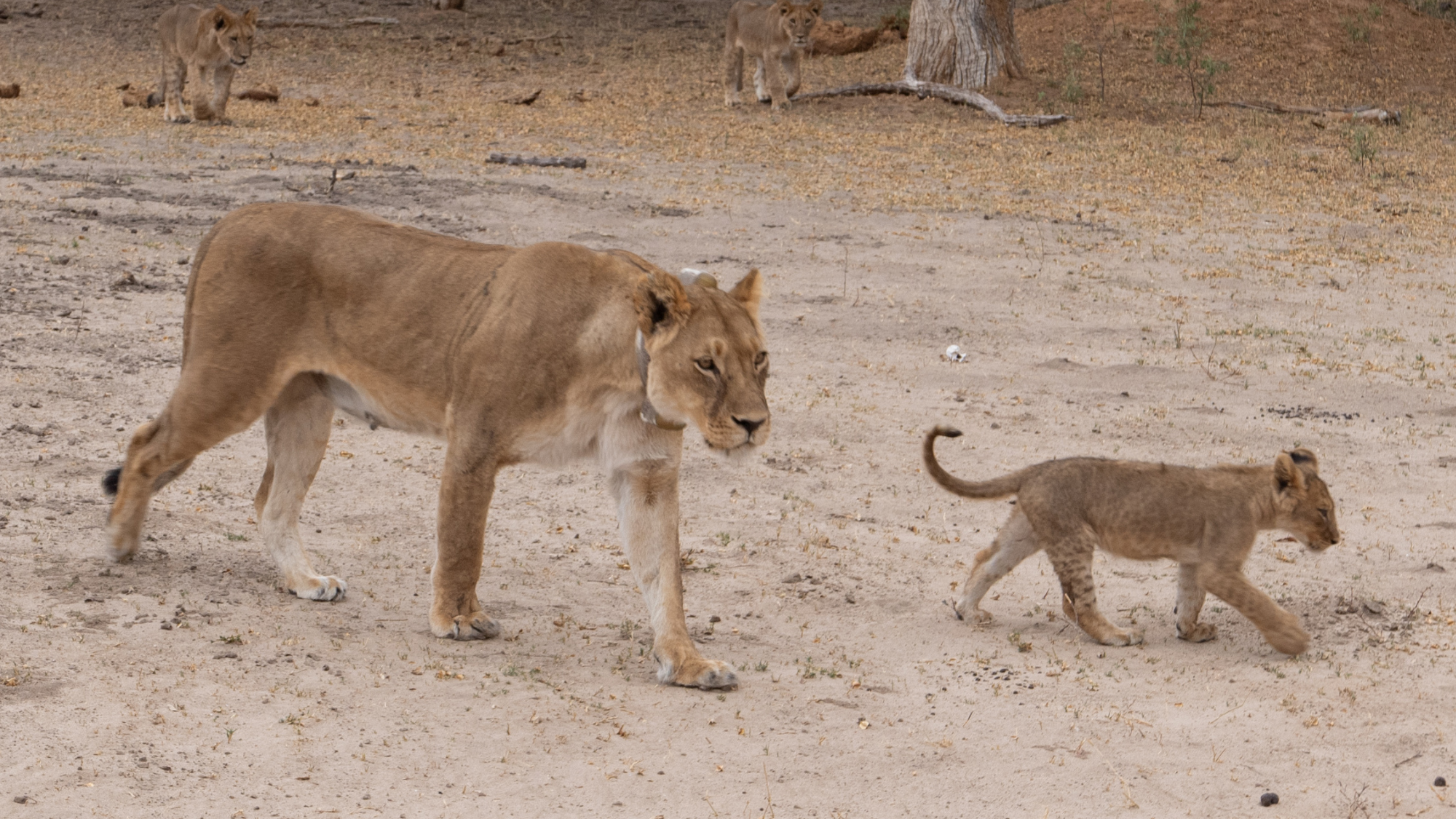
'Mesmerising': a lioness with her cub in Hwange National Park
Bouncing through scrublands in the back of an open-sided safari vehicle turned out to be an excellent remedy for travel fatigue. As we barrelled along, I tried to keep my eyes on the trees either side of us, searching for any sign of movement. A herd of zebra sparked my excitement but drew not even a flinch from Tongo. Plenty of time to see them, apparently; the lions are more elusive. Eventually we found them, nonchalantly snoozing under a bush.
After watching, mesmerised, as the lions slept, it was time for a rest ourselves. Wilderness camps are all based in private concessions within their respective National Parks, so are utterly remote and exceptionally private. Linkwasha, as these camps often do, looks onto a large watering hole frequented by many species; where it differs is in having a sunken hide right at the water's edge, meaning guests can get even closer to the animals. Watching an enormous herd of buffalo drink just a couple of metres from my seat is something which will live long in the memory.
A free daily email with the biggest news stories of the day – and the best features from TheWeek.com
Getting that close to the herd enabled us to see just how much they had been physically affected by the drought gripping the area. The animals still had water to drink, thanks to these water holes, but the lack of vegetation to eat was taking its toll, leading them weak, and easy prey for predators. Over a torchlit dinner by the fire, we discussed the drought, and many of the efforts to conserve the Park's landscape, with Innocent Mabika, head of a local anti-poaching unit and one of Yellow Zebra's contacts in the area.
Zebra, elephants and crocs at Mana Pools
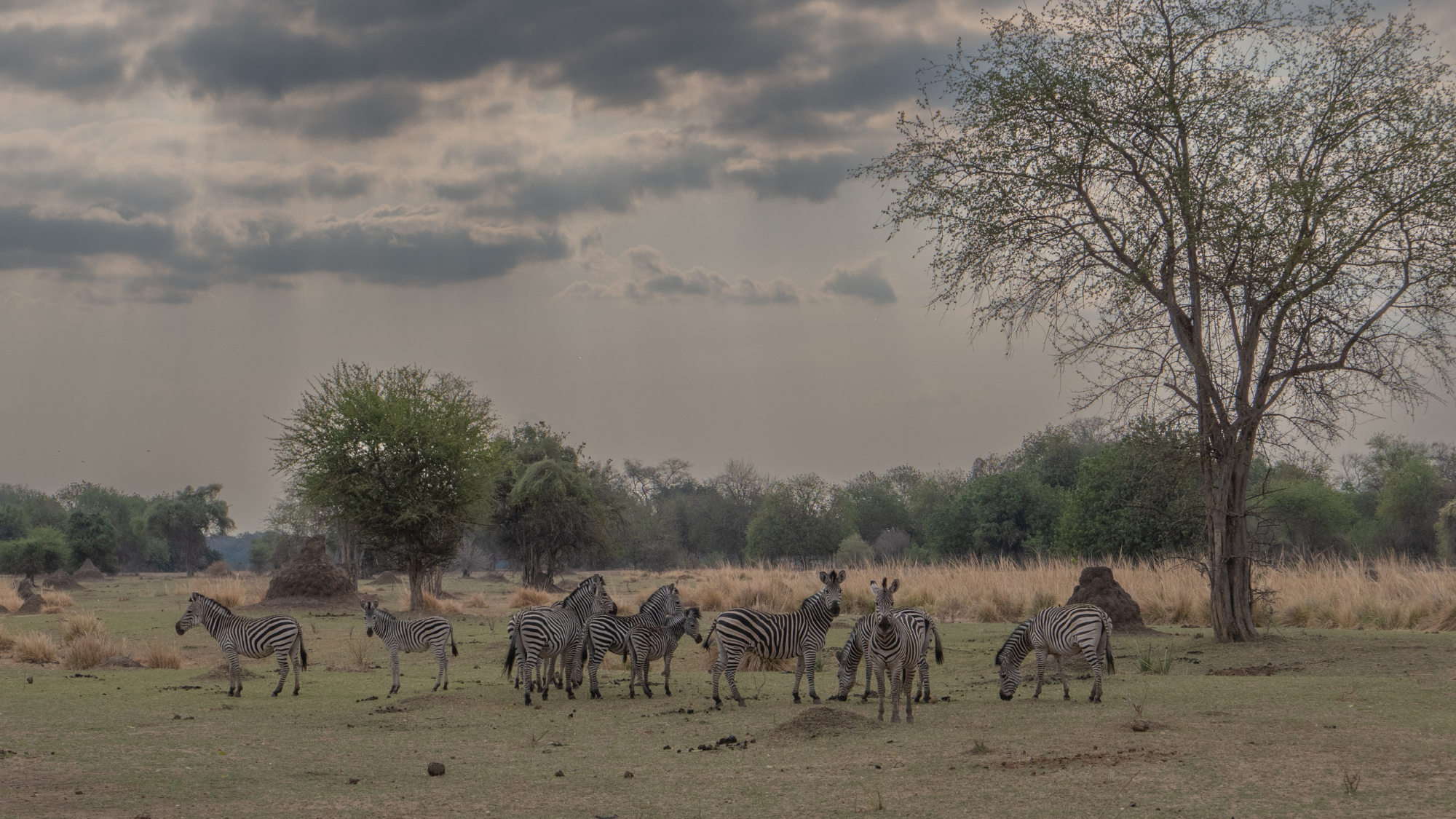
Wildlife close by: a herd of zebras graze in Mana Pools National Park
The next morning, a short flight took us across the country to Mana Pools. The distance, as the crow flies, is reasonably short but the difference in terrain could not have been more stark. There, we found wildlife living almost on top of one another; our camp was regularly visited by small herds of elephants, and we spotted plenty of zebras nearby.
Once again, we stayed in a Wilderness camp – this time, Ruckomechi – and were treated to exceptional cuisine and extraordinary service. Tents in all the camps are large and comfortable, with enormous beds and well-appointed bathrooms, but one thing really came into its own here: the laundry service. Coming home from a game drive to find yesterday's clothes scrubbed clean and tied in a neat little bundle is possibly the luxury I’ve appreciated most while travelling.
Exploring Mana Pools by vehicle brought another lion encounter but, at this location, we could also take to the water. Angling for tiger fish turned out to be something I am terrible at but, from our position on the boat, we saw crocodiles hunting, hippos basking and elephants using their trunks as snorkels to wade across to the Zambian side for grazing.
Over the course of my week in Zimbabwe, I visited two camps, four airports/landing strips, saw north of 40 animal species and spotted over 100 different types of bird. I watched hippos tear the flesh from an antelope carcass, learned some words in Ndebele from local schoolchildren, and got photography tips from a Netflix documentary maker. As I sipped a Zambezi (the local beer) while floating down the Zambezi (the majestic river), it dawned on me that none of that would have happened had I attempted to arrange this trip on my own. It pays to trust an expert to help you navigate what you don't know.
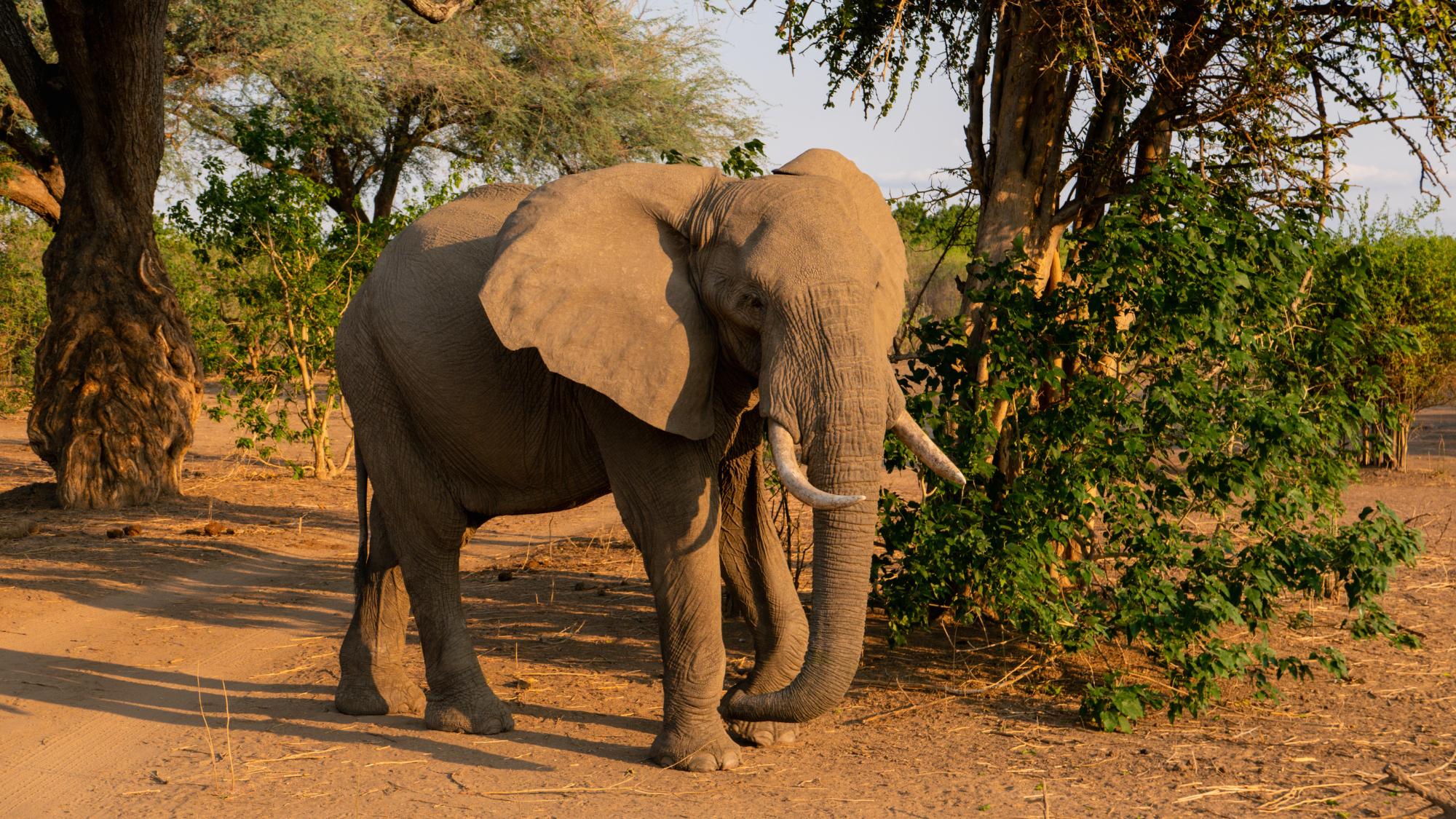
See the elephant: one of the regular pachyderm visitors to Ruckomechi camp, Mana Pools
Nick Hendry was a guest of Yellow Zebra. Their 8-night, all-inclusive True Zimbabwe experience starts from £5,331 pp in low season and £6,410 pp in high season.
-
 Pipe bombs: The end of a conspiracy theory?
Pipe bombs: The end of a conspiracy theory?Feature Despite Bongino and Bondi’s attempt at truth-telling, the MAGAverse is still convinced the Deep State is responsible
-
 The robot revolution
The robot revolutionFeature Advances in tech and AI are producing android machine workers. What will that mean for humans?
-
 Health: Will Kennedy dismantle U.S. immunization policy?
Health: Will Kennedy dismantle U.S. immunization policy?Feature ‘America’s vaccine playbook is being rewritten by people who don’t believe in them’
-
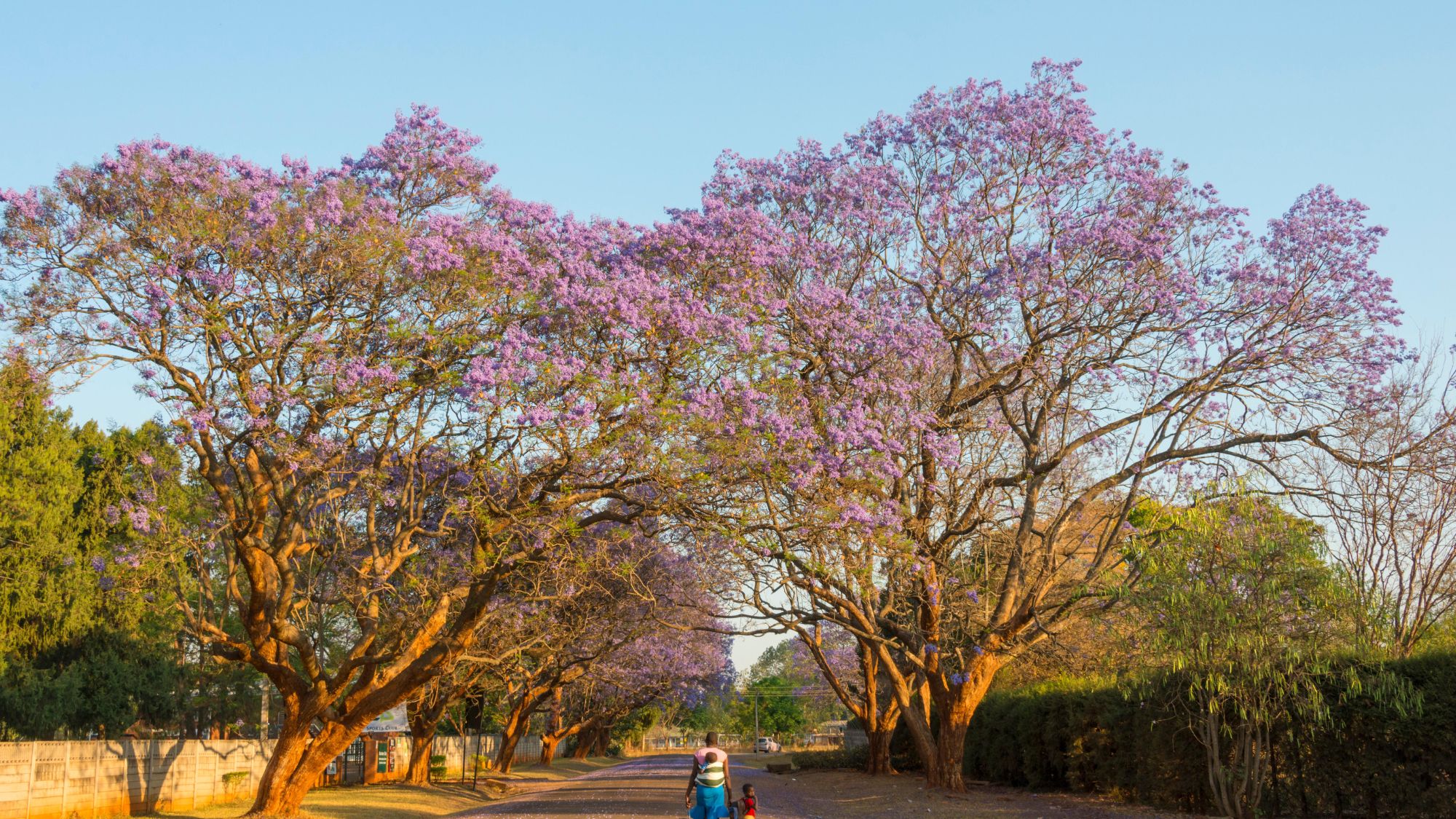 A road trip through Zimbabwe
A road trip through ZimbabweThe Week Recommends The country is 'friendly and relaxed', with plenty to see for those who wish to explore
-
 The rise of the WhatsApp novelists
The rise of the WhatsApp novelistsUnder The Radar Novelists in Zimbabwe are releasing their work through the messaging app but can they earn a living?
-
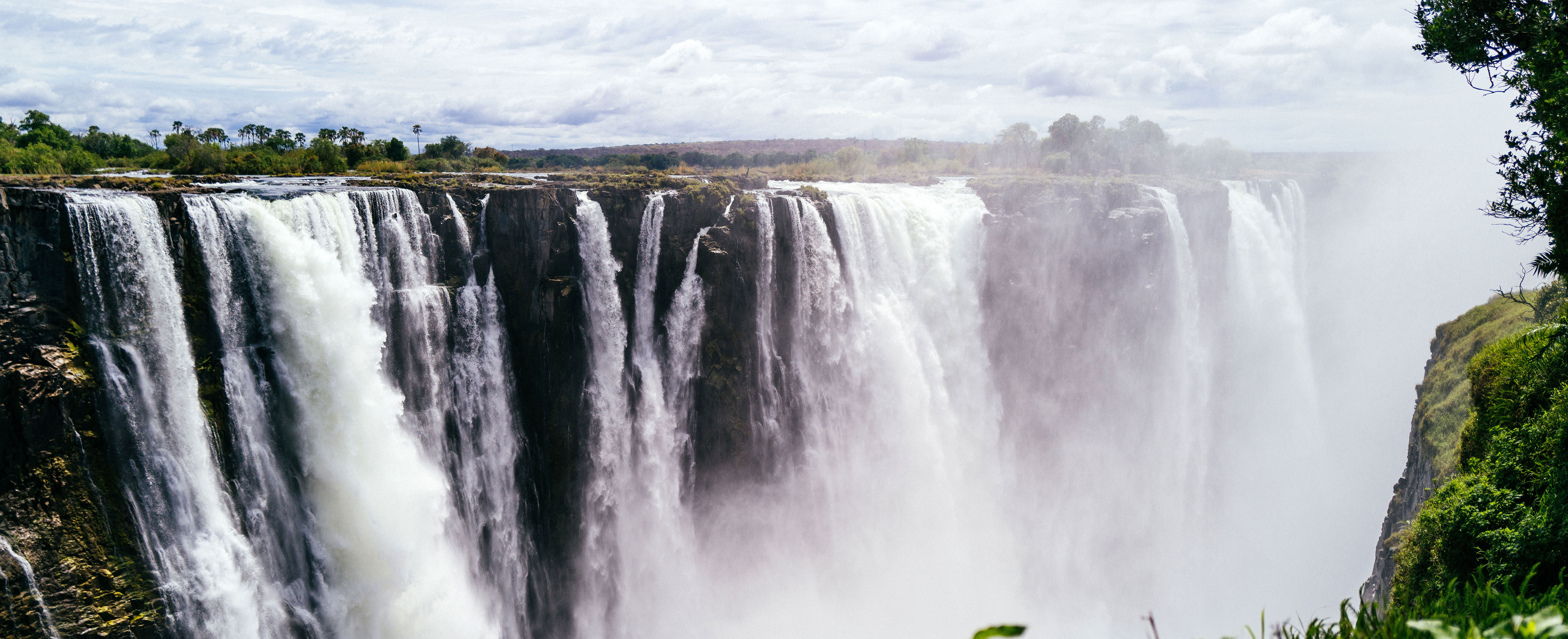 Long-weekend safari: a mini adventure in Zimbabwe and Botswana
Long-weekend safari: a mini adventure in Zimbabwe and BotswanaThe Week Recommends Even the most time-pressed traveller can squeeze in a trip to Victoria Falls and Chobe National Park
-
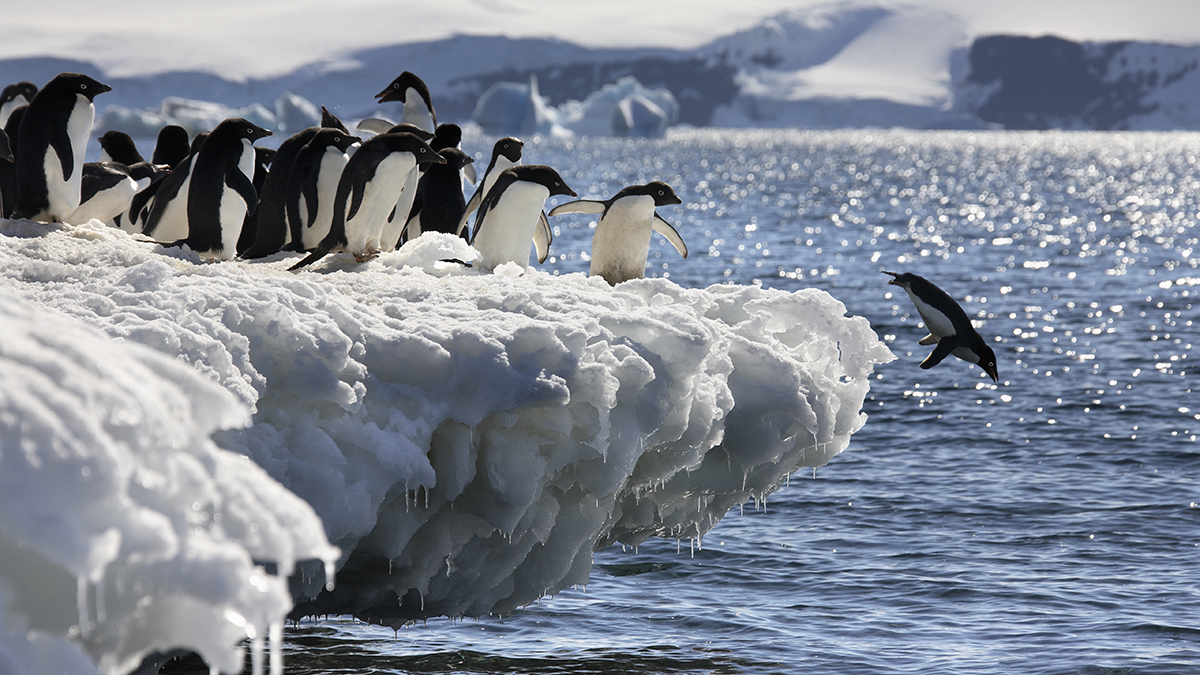 Call of the wild: the world’s best safaris
Call of the wild: the world’s best safarisIn Depth Gone are the days of simply observing wildlife from a safe distance – today’s safaris bring man and beast into very close contact indeed